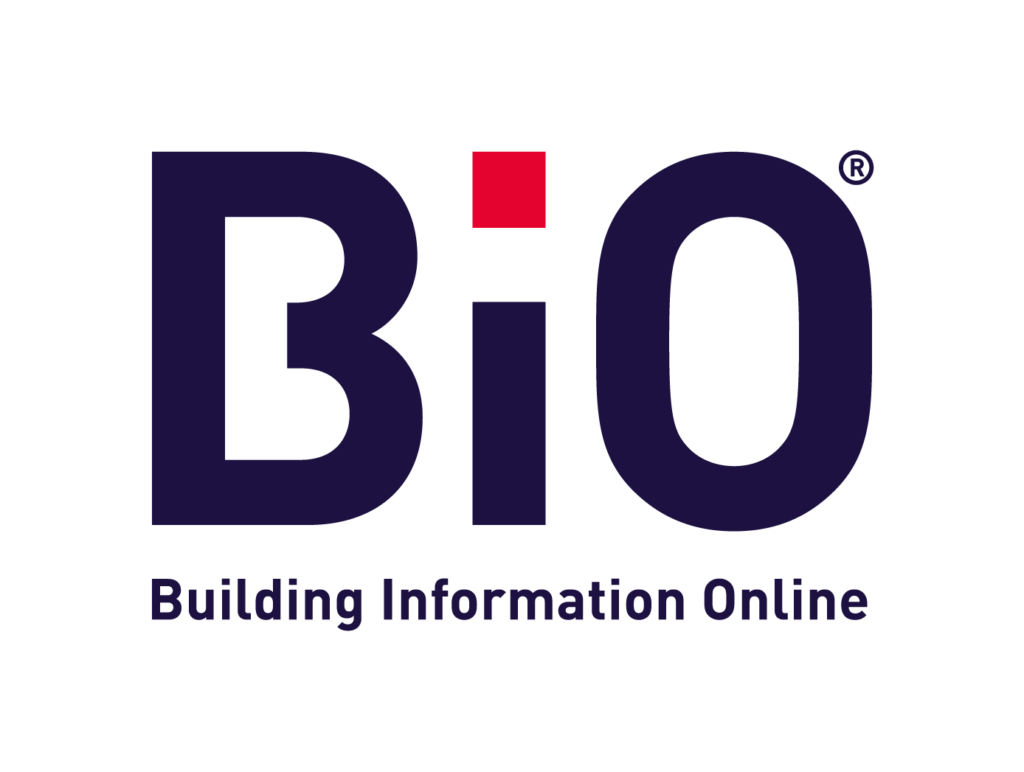 Facilities management (FM) is a dynamic field, constantly adapting to the demands of businesses, evolving technologies, and fluctuating economic conditions. At its core, FM is like a finely tuned machine, composed of interconnected parts that must work seamlessly together to ensure optimal performance. In such a landscape, partnerships are pivotal. A great FM partnership can be the difference between efficiency and disruption, success and stagnation.
Facilities management (FM) is a dynamic field, constantly adapting to the demands of businesses, evolving technologies, and fluctuating economic conditions. At its core, FM is like a finely tuned machine, composed of interconnected parts that must work seamlessly together to ensure optimal performance. In such a landscape, partnerships are pivotal. A great FM partnership can be the difference between efficiency and disruption, success and stagnation.
But what truly defines a successful FM partnership? How can businesses ensure they select the right collaborators, establish meaningful relationships, and achieve shared goals? This guide looks at many of the essential components of a robust FM partnership, and offers insights into selecting suppliers, aligning goals, and leveraging technology for success.
Why Are Partnerships Essential in Facilities Management?
Before diving into the specifics, it’s worth understanding why partnerships are so critical in FM. In an industry where 50% of services in the US are outsourced and large-scale operations demand specialised expertise, partnerships bring a wealth of benefits:
- Operational Efficiency: Outsourcing to expert partners allows organisations to focus on their core activities while ensuring facilities are managed effectively.
- Cost Savings: Well-structured partnerships often result in cost reductions through economies of scale and efficient resource utilisation.
- Adaptability: Partnerships provide access to the latest innovations and practices, enabling organisations to remain competitive.
- Sustainability: Collaborating with like-minded partners enhances environmental and social outcomes, aligning with modern ESG (Environmental, Social, and Governance) goals.
However, challenges exist. In the UK, consolidation among suppliers has created a two-tier market, reduced choice and increasing pressure on smaller suppliers. This underscores the need for strategic and carefully considered partnerships.
1. Selecting the Right Suppliers
How do you choose the right supplier for your FM needs? This question lies at the heart of effective partnerships. The selection process requires diligence, strategy, and an understanding of your organisational needs.
Conduct Thorough Research
Begin by examining potential suppliers’ track records. Reviews, case studies, and testimonials offer valuable insights into their reliability and performance. Red flags such as consistent delays or unresolved complaints should prompt reconsideration.
Assess Alignment with Your Values
Cultural fit is critical. Does the supplier’s mission statement align with your company’s ethos? Beyond mission statements, explore their ESG reports to evaluate their commitment to sustainability, community initiatives, and ethical practices.
Consider Technological Capabilities
Technology is a cornerstone of modern FM. Investigate whether potential suppliers utilise advanced solutions, such as CAFM systems, to improve efficiency. For example, DMA Group’s BiO® platform enables real-time communication, task automation, and compliance tracking, which are invaluable in high-stakes FM operations.
Pro Tip: Create a supplier checklist covering reliability, cultural alignment, ESG commitments, and technological capabilities. Use it as a scoring tool to objectively evaluate candidates.
2. Aligning Goals and Values
Shared objectives are the foundation of a cohesive FM partnership. Without alignment, even the most technically proficient teams can falter.
Set Clear Objectives from the Outset
A detailed initial assessment is vital. Discuss mutual goals, potential challenges, and long-term aspirations during contract negotiations. This ensures that both parties understand the scope of work and expectations.
Foster Collaboration Through Regular Engagement
Frequent check-ins and progress reviews are key. Goals in FM aren’t static; they must evolve in response to industry changes, new challenges, and emerging opportunities. For example, when DMA partnered with Rye, Winchelsea & District Memorial Hospital to achieve carbon neutrality, regular updates allowed the team to address obstacles and refine their approach. The result? The UK’s first community hospital to reduce its carbon footprint by 100%.
Case Study: Rye Hospital
- Challenge: Achieve carbon neutrality while maintaining operational efficiency.
- Approach: Open dialogue, collaborative planning, and adaptive problem-solving.
- Outcome: Reduced energy consumption by 240,000 kWh, achieving a landmark environmental milestone.
3. Establishing Service Level Agreements (SLAs)
SLAs form the backbone of accountability in FM partnerships. They define the scope, quality, and expectations of service delivery.
What Should SLAs Include?
- Clear Deliverables: Specify tasks, timelines, and performance metrics.
- Penalties: Outline consequences for missed deadlines or unsatisfactory performance.
- Exclusions: Clarify what is outside the scope of the agreement to avoid disputes.
Leveraging Technology for SLA Management
Systems like BiO® can monitor SLA compliance in real time. For instance, tracking punctuality, budget adherence, and task completion ensures transparency and fosters trust.
Pro Tip: Review SLAs annually to ensure they remain relevant and aligned with evolving goals.
4. Communication: The Lifeline of Partnerships
How does effective communication strengthen FM partnerships?
Clear, transparent, and frequent communication builds trust and prevents misunderstandings. Dedicated account managers, regular updates, and collaborative platforms facilitate seamless interaction.
Best Practices for Communication
- Establish Regular Meetings: Use these sessions for updates, brainstorming, and problem-solving.
- Foster Transparency: Share challenges openly to create a supportive environment for innovation.
- Utilise Technology: Make use of platforms that enable real-time updates, automated alerts, and consolidated reporting, reducing the risk of miscommunication.
5. Proactive Problem-Solving
Proactive maintenance and issue resolution can save up to 18% in costs compared to reactive approaches. Partnerships should prioritise strategies that anticipate challenges before they escalate.
How Can FM Teams Be More Proactive?
- Predictive Maintenance: Use IoT sensors and data analytics to identify potential equipment failures.
- Knowledge Sharing: Equip on-site teams with training to handle minor issues, minimising downtime.
Case Study: Leigh Academy Trust
When DMA partnered with Leigh Academy Trust, potential disruptions to lessons were a key concern. Tailored training programmes and first-response protocols empowered staff to address minor issues independently, ensuring an optimal learning environment.
6. Flexibility and Adaptability
In the unpredictable world of FM, rigidity is a liability. Partnerships must be agile, adapting to new challenges, technologies, and goals.
Adopt a Growth Mindset
Encourage teams to embrace change, whether it involves shifting from manual processes to digital platforms or implementing new sustainability practices.
Collaborative Problem-Solving
Flexibility extends to collaborative innovation. Partners should feel empowered to propose and test novel solutions without fear of failure.
7. The Role of Technology in FM Partnerships
Technology is transforming FM partnerships, bridging gaps in communication, compliance, and efficiency.
How Can Systems Such as BiO® Enhance Partnerships?
- Task Automation: Streamlines operations, reducing administrative burdens.
- Real-Time Collaboration: Facilitates seamless communication between teams.
- Financial Transparency: Automates invoicing and approvals, accelerating payments.
- Compliance Monitoring: Ensures adherence to industry regulations through automated checks.
- Performance Analytics: Provides actionable insights into SLA compliance and KPI achievement.
Pro Tip: Embrace technology as a tool for alignment, accountability, and innovation.
FAQs on Facilities Management Partnerships
What are the top qualities to look for in an FM partner?
Reliability, cultural fit, technological capabilities, and a commitment to sustainability are crucial qualities.
How can technology improve FM partnerships?
By automating tasks, enhancing communication, and providing data-driven insights, technology optimises collaboration and efficiency.
What steps can I take to align goals with my FM partner?
Conduct initial assessments, establish regular check-ins, and adapt objectives to evolving needs.
Why are SLAs important in FM partnerships?
SLAs create a framework for accountability, ensuring all parties understand and meet expectations.
How do proactive approaches benefit FM operations?
Proactive strategies minimise downtime, reduce costs, and enhance overall operational efficiency.
In conclusion, great FM partnerships are built on a foundation of trust, shared values, and continuous improvement. By selecting the right partners, aligning objectives, and leveraging technology, businesses can achieve operational excellence and long-term success. To explore how DMA Group can support your facilities management needs, get in touch today.



